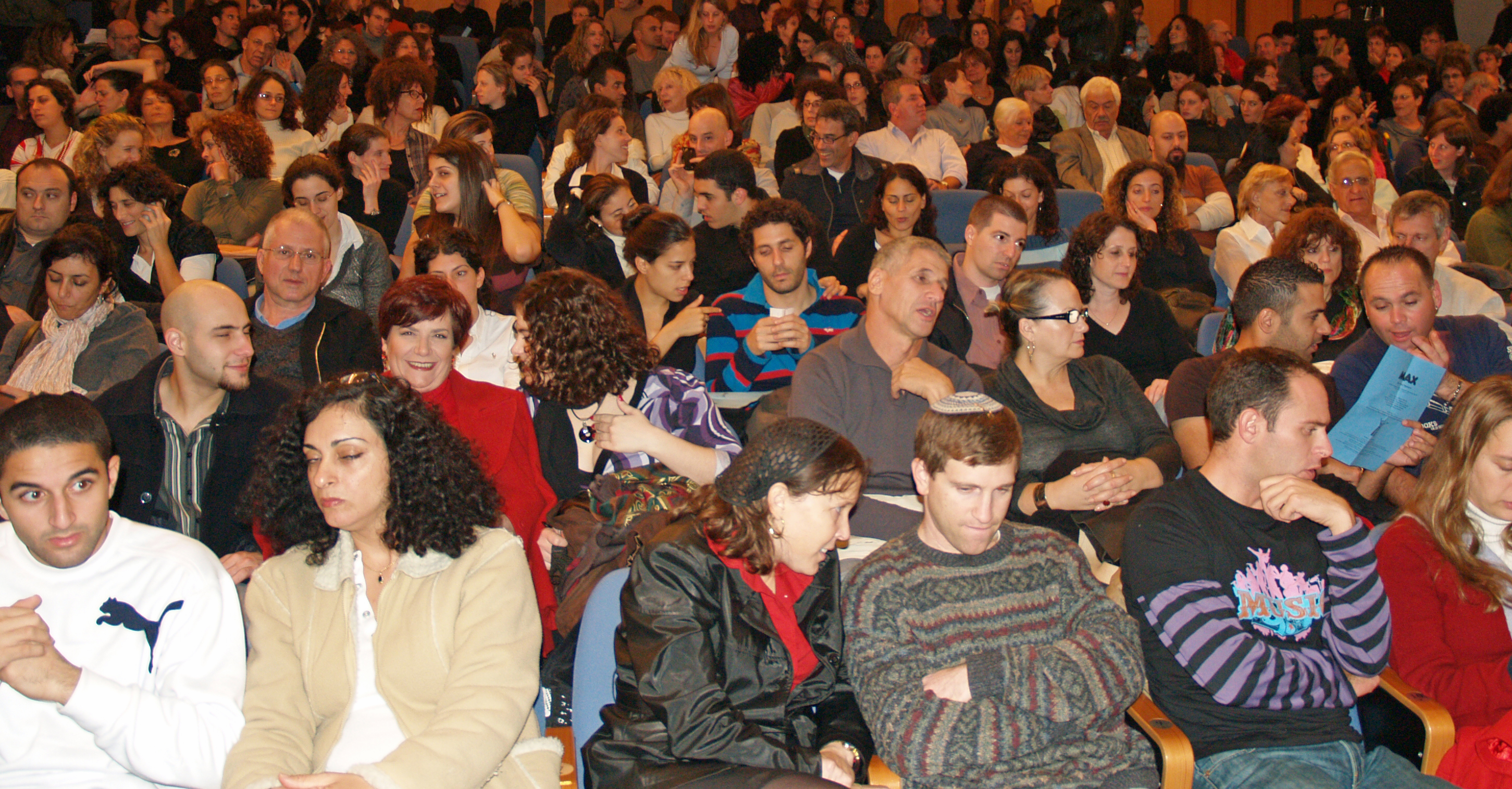|
Stagebill
''Stagebill'' was a monthly U.S. magazine for theatregoers. Most copies of the publication were printed for particular productions and distributed at the door as the show's program. It was launched as a direct rival to the highly successful monthly ''Playbill''. But after five years of head-to-head competition with ''Playbill'', ''Stagebill'' became insolvent and was acquired by its rival which also kept the ''Stagebill'' trademark. History ''Stagebill'' was launched in 1927 as a direct competition to ''Playbill'', a highly successful publication. ''Playbill'' concentrated on Broadway and Off-Broadway theaters, while ''Stagebill'' positioned itself as a publication focused on concerts, opera, and dance in venues such as Lincoln Center and Carnegie Hall. B&B Enterprises, Inc. acquired ''Stagebill'' in 1969. The company owned the magazine until 1994 when it was acquired by K-III Communications based in New York City. In the 1990s Shira Kalish was the publisher of the magazine. She ... [...More Info...] [...Related Items...] OR: [Wikipedia] [Google] [Baidu] |
Playbill
''Playbill'' is an American monthly magazine for theatergoers. Although there is a subscription issue available for home delivery, most copies of ''Playbill'' are printed for particular productions and distributed at the door as the show's program. ''Playbill'' was first printed in 1884 for a single theater on 21st Street in New York City. The magazine is now used at nearly every Broadway theatre, as well as many Off-Broadway productions. Outside New York City, ''Playbill'' is used at theaters throughout the United States. As of September 2012, its circulation was 4,073,680. History What is known today as ''Playbill'' started in 1884, when Frank Vance Strauss founded the New York Theatre Program Corporation specializing in printing theater programs. Strauss reimagined the concept of a theater program, making advertisements a standard feature and thus transforming what was then a leaflet into a fully designed magazine. The new format proved popular with theatergoers, who s ... [...More Info...] [...Related Items...] OR: [Wikipedia] [Google] [Baidu] |
Audience
An audience is a group of people who participate in a show or encounter a work of art, literature (in which they are called "readers"), theatre, music (in which they are called "listeners"), video games (in which they are called "players"), or academics in any medium. Audience members participate in different ways in different kinds of art. Some events invite overt audience participation and others allow only modest clapping and criticism and reception. Media audience studies have become a recognized part of the curriculum. Audience theory offers scholarly insight into audiences in general. These insights shape our knowledge of just how audiences affect and are affected by different forms of art. The biggest art form is the mass media. Films, video games, radio shows, software (and hardware), and other formats are affected by the audience and its reviews and recommendations. In the age of easy internet participation and citizen journalism, professional creators share space, an ... [...More Info...] [...Related Items...] OR: [Wikipedia] [Google] [Baidu] |
New Amsterdam Theatre
The New Amsterdam Theatre is a Broadway theater on 214 West 42nd Street, at the southern end of Times Square, in the Theater District of Manhattan in New York City. One of the oldest surviving Broadway venues, the New Amsterdam was built from 1902 to 1903 to designs by Herts & Tallant. The theater is operated by Disney Theatrical Productions and has 1,702 seats across three levels. Both the Beaux-Arts exterior and the Art Nouveau interior of the building are New York City landmarks, and the building is on the National Register of Historic Places. The New Amsterdam consists of an auditorium facing 41st Street and a narrow 10-story office wing facing 42nd Street. The facade on 42nd Street is made of gray limestone and was originally ornamented with sculptural detail; the rest of the facade is made of brick. The lobby from 42nd Street leads to a set of ornamental foyers, a reception room, and men's and women's lounges. The elliptical auditorium contains two balconies cantilevere ... [...More Info...] [...Related Items...] OR: [Wikipedia] [Google] [Baidu] |
Magazines Disestablished In 2002
A magazine is a periodical publication, generally published on a regular schedule (often weekly or monthly), containing a variety of content. They are generally financed by advertising, purchase price, prepaid subscriptions, or by a combination of the three. Definition In the technical sense a ''journal'' has continuous pagination throughout a volume. Thus ''Business Week'', which starts each issue anew with page one, is a magazine, but the '' Journal of Business Communication'', which continues the same sequence of pagination throughout the coterminous year, is a journal. Some professional or trade publications are also peer-reviewed, for example the '' Journal of Accountancy''. Non-peer-reviewed academic or professional publications are generally ''professional magazines''. That a publication calls itself a ''journal'' does not make it a journal in the technical sense; ''The Wall Street Journal'' is actually a newspaper. Etymology The word "magazine" derives from Arabic , th ... [...More Info...] [...Related Items...] OR: [Wikipedia] [Google] [Baidu] |
Magazines Established In 1927
A magazine is a periodical publication, generally published on a regular schedule (often weekly or monthly), containing a variety of content. They are generally financed by advertising, purchase price, prepaid subscriptions, or by a combination of the three. Definition In the technical sense a ''journal'' has continuous pagination throughout a volume. Thus ''Business Week'', which starts each issue anew with page one, is a magazine, but the '' Journal of Business Communication'', which continues the same sequence of pagination throughout the coterminous year, is a journal. Some professional or trade publications are also peer-reviewed, for example the '' Journal of Accountancy''. Non-peer-reviewed academic or professional publications are generally ''professional magazines''. That a publication calls itself a ''journal'' does not make it a journal in the technical sense; ''The Wall Street Journal'' is actually a newspaper. Etymology The word "magazine" derives from Arabic , th ... [...More Info...] [...Related Items...] OR: [Wikipedia] [Google] [Baidu] |



